Cheongsong Yasong Art Gallery (군립 청송야송미술관)
.0M 2025-01-13
5162, Gyeongdong-ro, Cheongsong-gun, Gyeongsangbuk-do
+82-54-870-6536
The Cheongsong Yasong Art Gallery opened on April 29, 2005. The art gallery exhibits 350 Korean paintings and pottery works of Yasong Lee Won-jwa, who is a traditional Korean painter native to Cheongsong. Also on display are around 50 works of noted painters and sculptors from in and out of Korea, and over 10,000 art books, all of which have been donated to the gallery. The two-story building was formerly Sinchon Primary School, which was remodeled into an art gallery after its closure.
Palpal Sikdang (팔팔식당)
100.0M 2024-12-10
Palpal Sikdang is a restaurant located north of Juwangsan National Park. The menu is simple with only three items: dak baeksuk (whole chicken soup), chicken wings, and chicken bulgogi. Dak baeksuk is a bowl of chicken porridge served with chicken. The restaurant’s chicken wings are a dish made only with barbequed chicken wings characterized by a crispy texture and rich seasoning. Chicken bulgogi is a dish of chicken mixed with red pepper paste seasoning and grilled on an iron plate. It goes well with vegetable wraps. It has a spicy taste but is not too spicy, so even children can enjoy it. By the restaurant’s entrance is a clean, drinkable mineral spring water that flows down from the mountains.
Marnbauchon Garden (만바우촌가든)
240.8M 2024-02-13
5173-17 Gyeongdong-ro, Jinbo-myeon, Cheongsong-gun, Gyeongsangbuk-do
054-872-2263, 2264
Marnbauchon Garden, a Korean restaurant nestled near Juwangsan National Park and Dalgipokpo Falls in Cheongsong, offers a delightful culinary experience. The star of their menu is the dak baeksuk, a wholesome whole chicken soup. This delectable dish is crafted by simmering Juwangsan Sinchon mineral water, renowned for its rich mineral content, along with medicinal ingredients like ginseng, jujube, and mung beans. In addition, the restaurant boasts an inviting open-air yard and bungalow facilities, providing a serene setting where patrons can unwind and partake in various activities following their meal.
Dalgi Mineral Spring [National Geopark] (달기약수탕 (청송 국가지질공원))
8.1Km 2025-01-09
16, Yaksu-gil, Cheongsong-gun, Gyeongsangbuk-do
+82-54-870-6111
Dalgi Mineral Spring was found approximately 130 years ago during construction of a waterway. The carbonated water has various minerals that help treat multiple diseases. The water is formed when rain water gets absorbed underground and meets carbon dioxide from the magma deep below.
Cheongsong Apple Festival (청송사과축제)
9.8Km 2025-07-11
269 Geumwol-ro, Cheongsong-eup, Cheongsong-gun, Gyeongsangbuk-do
+82-54-873-3686
The Cheongsong Apple Festival is held in autumn when the renowned Cheongsong apples, called a “masterpiece crafted by nature,” are at their peak. The festival celebrates the joy of a bountiful harvest, sharing the delicious taste and nutrition of Cheongsong apples through various enjoyable and educational activities.
Head House of Pansagongpa Branch of Pyeongsan Sin Clan (청송 평산신씨 판사공파 종택과 분가 고택)
10.0Km 2021-12-08
16, Jungdeul 2-gil, Cheongsong-gun, Gyeongsangbuk-do
+82-54-870-6247
Located in Cheongsong-gun, Gyeongsangbuk-do Province, Head House of Pansagongpa Branch of Pyeongsan Sin Clan is the head house of the noble Pyeongsan Sin family line. The house was created by Sin Han-tae during the reign of King Sukjong (1674-1720) of the Joseon dynasty. Since its construction centuries ago, the house has been inhabitated by the descendants of Sin Deuk-cheong, the 15th eldest grandson of General Sin Sung-gyem. This house has all of the features of an upper–class house of the Joseon period. The buildings of the house are built in a rectangular shape, with the courtyard in the center. The compound consists of Soteuldaemun (high-rising gate), Haengrangchae (servants’ quarters located next to the gate), Gotgan (storeroom in which grain and other items were stored), Anchae (room for the female family members) and a pavilion.
Seobyeok Historic House (서벽고택)
10.1Km 2021-11-01
22-2, Jungdeul 2-gil, Cheongsong-gun, Gyeongsangbuk-do
+82-54-870-6247
Located in Jungpyeong-dong at the family village of the Pyeongsan Sin clan, the Seobyeok Historic House was originally created when Sin Hanchang, a scholar from late Joseon dynasty, got married and moved out of his parents’ house. The house was expanded by Sin Chigu in 1739. The house and is built in a rectangular shape with 6 kan (traditional Korean measurement; space between two pillars) in the front, 4 kan on the sides and a courtyard in the middle.
House of Changsil (창실고택)
11.1Km 2024-12-20
39 , Songsogotaek-gil, Cheongsong-gun, Gyeongsangbuk-do
+82-10-5100-3684
Changsil Old House is a courtyard hanok in Cheongsong-gun, Gyeongsangbuk-do. It was built in 1917 by Sim Ho-taek of Songso as a home for his younger brother. The anchae (women’s house) and the sarangchae (men’s house) are arranged side by side, with the connected library and storeroom between them. Just inside the gate is a haengnangchae (servants’ quarters), and there is also a thatched hanok which is currently being rented out as a red clay room.
Chalbanggong Head House (찰방공종택)
11.3Km 2024-12-20
23-8 , Songsogotaek-gil, Cheongsong-gun, Gyeongsangbuk-do
+82-54-873-6502, +82-10-9502-7611
Chalbanggong Head House, located in Cheongsong-gun, Gyeongsangbuk-do, was built in 1933 and is the head house of the 9th generation of Cheongsong Sim, Eun-gong Ak. Formerly used as a school, it is now a local cultural heritage centre. The U-shaped layout and the north gate are unique, and facing the entrance is the Songso Old House, comprising 99 rooms with traditional Korean wall paper and bedding. There is a wood-burning ondol room, a large yard, and a kitchen garden - a quiet, relaxing spot where you can hear only the sound of the wind and the birds.
Song jeong Historic House (송정고택)
11.3Km 2024-12-20
15-1 , Songsogotaek-gil, Cheongsong-gun, Gyeongsangbuk-do
+82-54-873-6695, +82-10-3891-2622, +82-10-8746-6690
Songjeong Old House in Deokcheon Village, Cheongsong-gun, Gyeongsangbuk-do, is an ‘ㅁ’-shaped hanok and one-time home of Sim Sang-gwan, a wealthy gentleman of the early 20th century. The house is notable for its incorporation of the library used by Shim Sang-gwang. To the right is Songso's house and to the left a trail leading to a water well and a pine forest. The Korean-style rooms are ondol-heated with traditional wallpaper and natural cotton duvets. There’s a spacious yard where traditional Korean music can be heard, while the annual Old House music concerts are very popular.
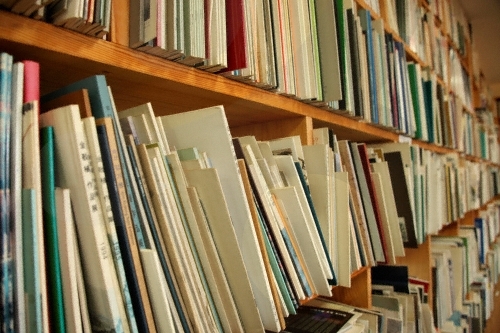
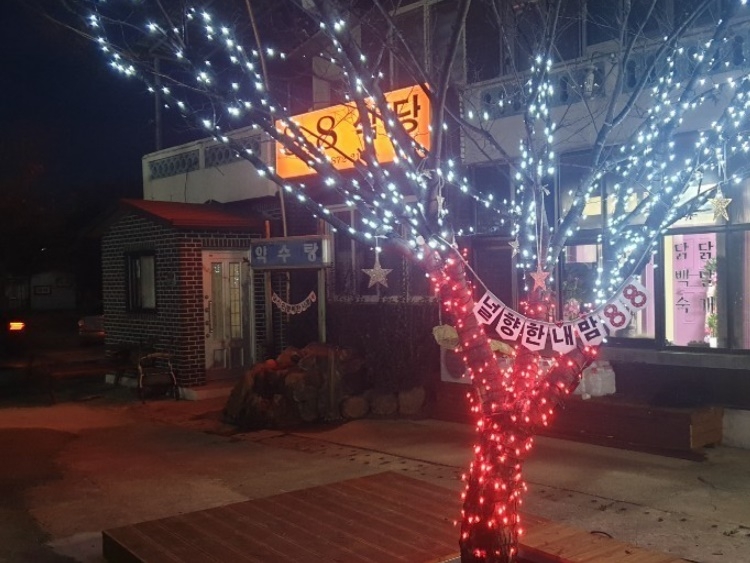
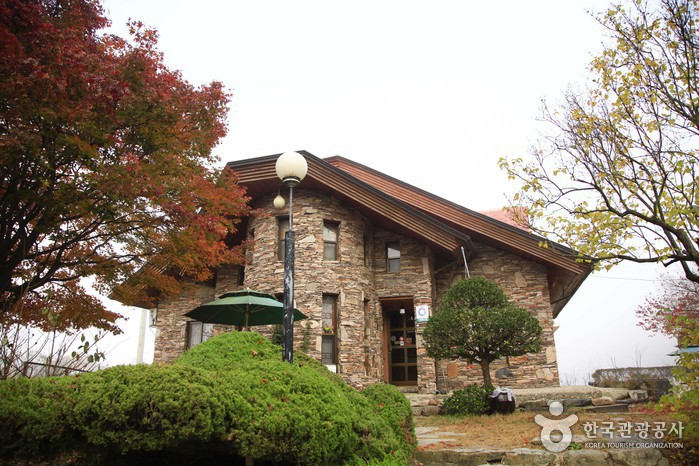
![Dalgi Mineral Spring [National Geopark] (달기약수탕 (청송 국가지질공원))](http://tong.visitkorea.or.kr/cms/resource/16/2703516_image2_1.jpg)
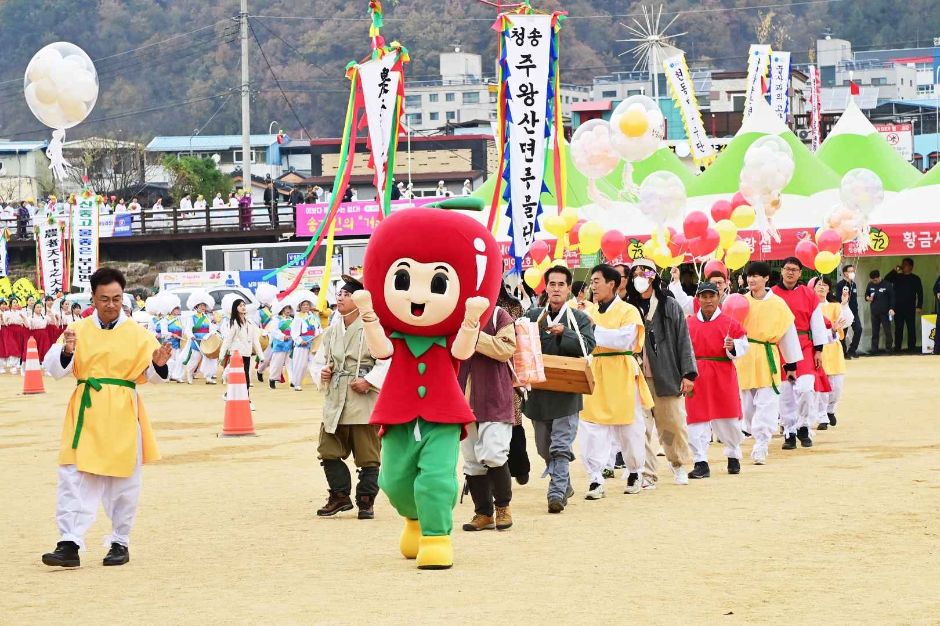
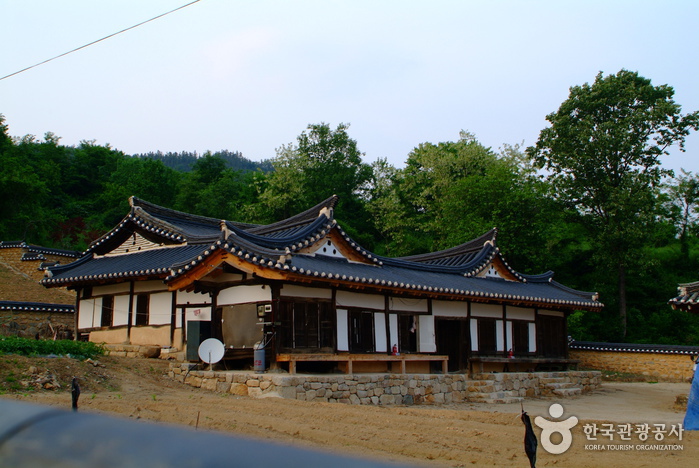
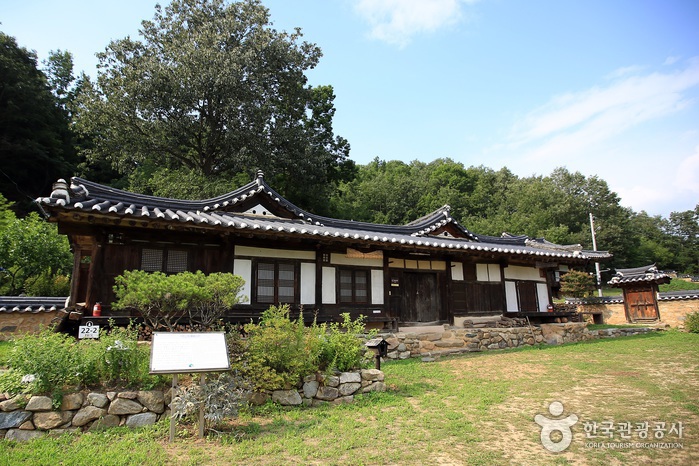
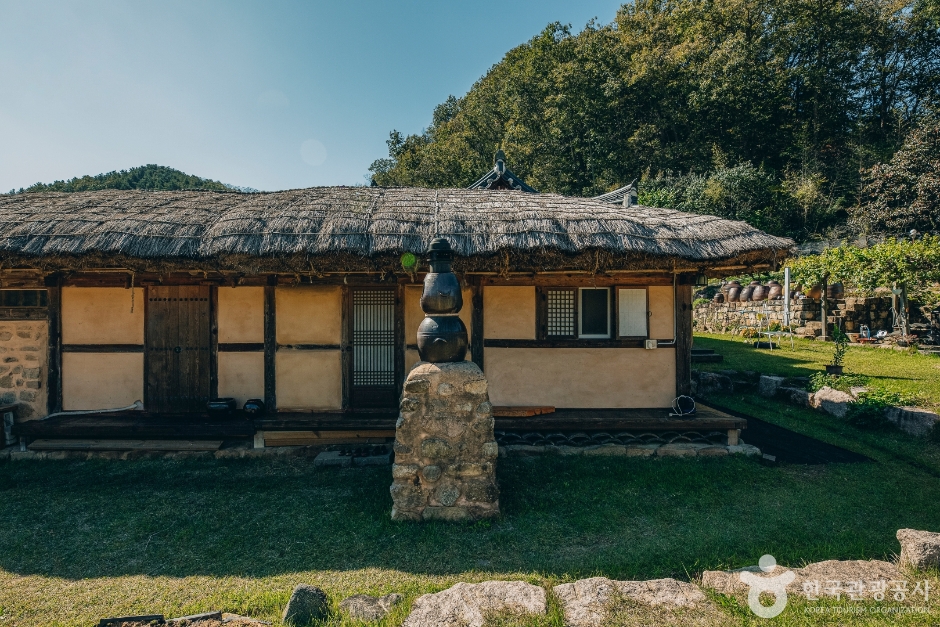
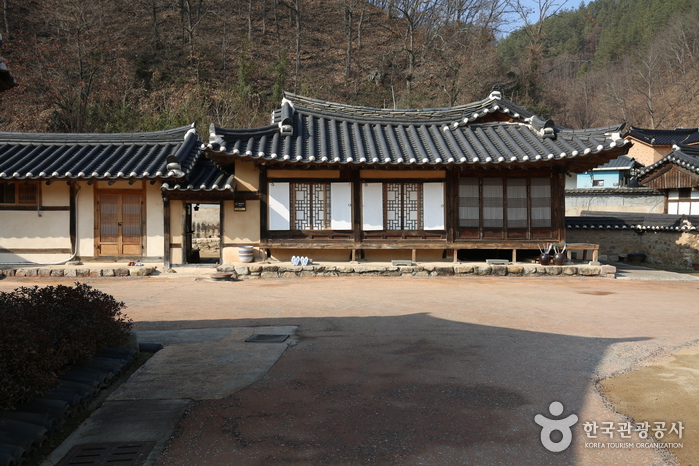

 English
English
 한국어
한국어 日本語
日本語 中文(简体)
中文(简体) Deutsch
Deutsch Français
Français Español
Español Русский
Русский